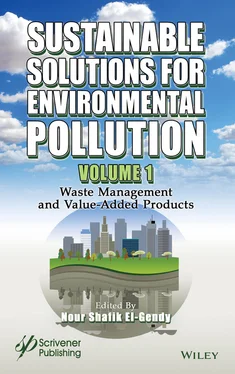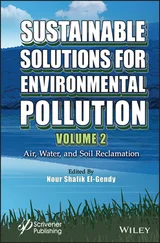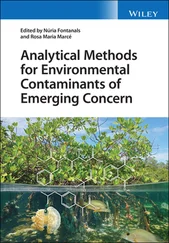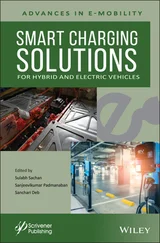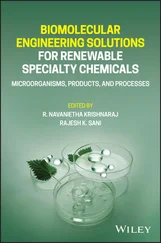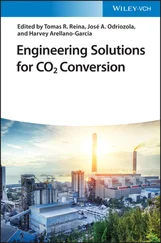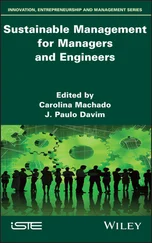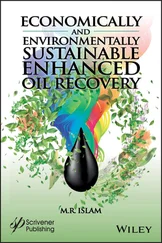1 ...7 8 9 11 12 13 ...17 In general, acetoin is a substance that cannot be generated as the sole end product during the anaerobic fermentation due to being more oxidized form than other typical substrates, such as glucose (Förster et al ., 2017). Hence, the acetoin is generated under a specific condition during fermentation by Bacillus subtilis and serval Enterobacteria species, for instance: (1) occurs as an intermediate in the formation of 2,3-butanediol in butanediol fermentation; (2) produced in a two-step process from pyruvate (Cheynier et al ., 2010; Förster et al ., 2017; Härtig and Jahn, 2012; Krieg and Padgett, 2011). Briefly describing the two-step process, the acetolactate synthase (AlsS) first catalyzes the condensation of two molecules of pyruvate to acetolactate, where one molecule of CO 2is released during this reaction. Then, acetolactate is decarboxylated by the acetolactate decarboxylase to produce acetoin (Nicholson, 2008; Ramos et al ., 2000).
To date, several limitations in acetoin synthesis have been reported. For instance, only low acetoin yields can be achieved using wild-type strains because the majority of other products are transformed to 2,3-butanediol (Förster et al ., 2017). Hence, significant efforts have been dedicated to engineering the strains (e.g., Bacillus subtilis , Serratia marcescens , Clostridium acetobutylicum , Candida glabrata ) to maximize acetoin output (Bai et al ., 2015; Li et al ., 2015; Liu et al ., 2015; Zhang et al ., 2016). However, despite the high acetoin yields (e.g., ~70-96% of maximum theoretical), acetoin-producing strains can be pathogenic, which may limit their use in the markets without appropriate post-treatment (Bursac et al ., 2017; Förster et al ., 2017; Xiao & Lu, 2014). Moreover, the related studies were performed using oxic (either anoxic or aerobic) processes, which are highly unfavorable for the biosynthesis of value-added products due to the requirement of aeration and a higher ratio of anabolism over catabolism (Weusthuis et al ., 2011). Therefore, a more suitable approach that is capable of producing a high amount of environmental-friendly acetoin is greatly needed.
In response, studies have been implemented to produce acetoin using EF systems (Bursac et al ., 2017; Förster et al ., 2017) (see Table 1.1). Bursac et al . (2017) studied Shewanella oneidensis to produce acetoin from lactate in an EF system. In their study, first, the Shewanella strains were engineered for the acetoin synthesis, where the Bacillus subtilis genes, capable of acetolactate synthase and acetolactate decarboxylase, were codon-optimized and integrated into pBAD202 plasmid, and then the plasmid was transformed into different Shewanella stains. Using the engineered strains, acetoin production of 40% of the theoretical maximum was achieved by complete degradation of lactate (50 mM) after 48 hours of fermentation. To further exhibit higher acetoin production, their study developed the strains again (e.g., deleting the -prophage to increase cell adhesion on the anode) and introduced an EF system. Hence, the EF system with engineered strains demonstrated higher acetoin yield (78% of the maximum theoretical vs. 40% in conventional fermentation) (Bursac et al ., 2017). On the other hand, Förster et al . (2017) investigated acetoin production in an EF system operated with glucose. Their study chose Escherichia coli because it was found to be the most suitable host organism, due to its versatile metabolism and genetic tractability (Nielsen et al ., 2010; Xu et al ., 2015; Xu et al ., 2014). Similar to Bursac et al . (2017), Förster et al . (2017) engineered the strain, such as the quadruple mutant JG806 (D frd D adhE D ldhA D pta-ack ) to achieve high pyruvate production, for the optimal production of acetoin. First, Förster et al . (2017) initiated their using nitrate as an electron acceptor (e.g., anoxic fermentation) for the production of acetoin and achieved a yield of 90% of maximum theoretical. However, the anoxic fermentation led to the accumulation of pyruvate and acetate. On the other hand, when the EF system was introduced, an acetoin yield of 79% of maximum theoretical was observed, and more importantly, there were no other end products besides acetoin with such high columbic efficiency (93.4%). Despite lower acetoin yield demonstrated by the EF system e.g., (79% vs. 90% - anoxic fermentation), Förster et al . (2017) have clearly demonstrated that the EF system can still provide an efficient acetoin generation along with the elimination of aeration and volatile fatty acids accumulations.
Polymers have been recognized as one of the versatile class of materials due to their enormous contributions to our standard of living, quality of life, and human well-being across the globe (Rajan et al ., 2018). However, the extensive usage of polymers has challenged solid waste management, concerning the adverse impact of plastic wastes on the ecosystem (Rajan et al ., 2018; Urbanek et al ., 2018). Specifically, for instance, the petrochemical-derived plastics have been extensively generated over the last decades, where their recalcitrance (e.g., strong resistance to biodegradation) posed significant threats to both environment and human health (Mostafa et al ., 2020; Rajan et al ., 2018). Hence, the production of environmental-benign polymers is highly necessary in order to address the challenges associated with solid waste management (Mostafa et al ., 2020). Recently, renewable bio-based plastics, such as polyhydroxyalkanoate (PHAs) have received significant attention due to their potential application as a green alternative over other types of polymers (Liu et al ., 2020a; Mostafa et al ., 2020; Myung et al ., 2017; Rajan et al ., 2018). PHAs are non-toxic, biocompatible, and biodegradable, which have similar properties to conventional plastics (Kourmentza et al ., 2017; Myung et al ., 2014). The accumulation of PHA inside the bacterial cells provides a defense mechanism, when the bacterial growth is limited due to the stress conditions, such as nutrient imbalance (Chien et al ., 2007; Myung et al ., 2017). To date, many different variations in functional groups (e.g., methyl to tridecyl, unsaturated bonds, chain length, etc.) make PHA suitable biopolymers for various applications (Verlinden et al ., 2007). The most common form of PHA is known as poly-3-hydroxybutyrate (PHB), which accumulates in various types of microbes by binding the -hydroxybutyrate monomers with ester bonds (Juengert et al ., 2018).
Different fermentation methods can be utilized for the production of bio-based plastics like PHA. First, a sugar-based fermentation, which was the conventional method, has been implemented for the production of bioplastics (Jabeen et al ., 2015; Rossell et al ., 2002), but this conventional approach was not favorable due to reasons such as accumulation of shortchain volatile fatty acids (discussed in the previous sections) and the redox imbalance (e.g., restraining the product selectivity) (Lai and Lan, 2020). A newer fermentation approach using methanotrophs has been developed recently (Liu et al ., 2020a; Myung et al ., 2017). However, the major challenge of using methanotrophic fermentation for the production of bioplastics was the high production costs (e.g., feedstock, aeration), low yields, and mass transfer limitations (e.g., oxygen transfer, low methane solubility in water) (Liu et al ., 2020a). To address such challenges, Myung et al . (2016) grew methanotrophs in water-in-oil emulsions (e.g., using the fact that methane was more soluble in oil than water) and increased the mass transfer efficiency, yielding higher production of bioplastics. However, utilizing oil may not be environmental-friendly and the high costs triggered by the aeration requirement and feedstock must still be considered (Liu et al ., 2020a).
Читать дальше
